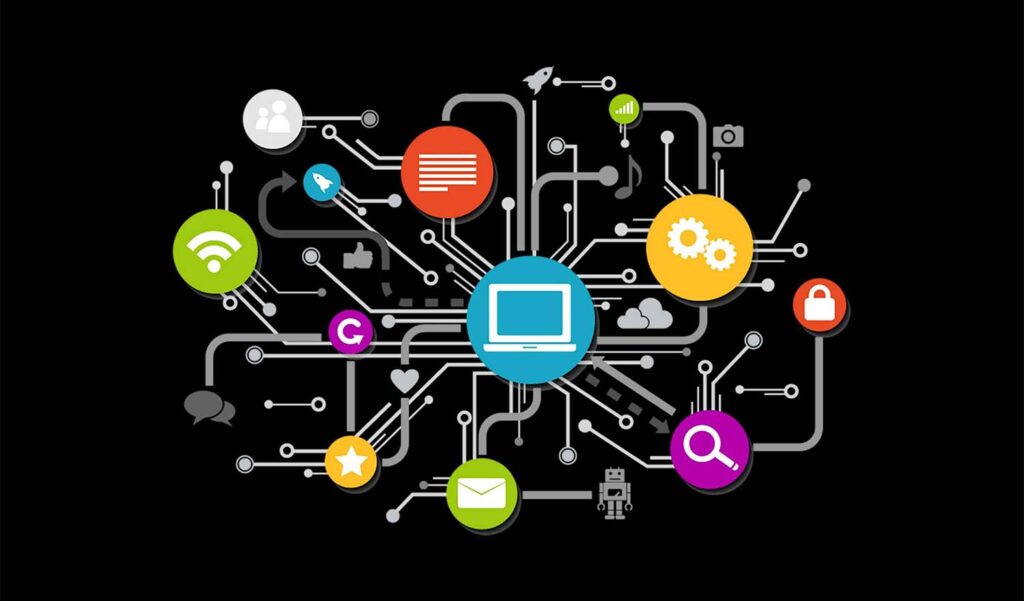Large companies have always relied – well, for the past few decades, anyway – on software applications to provide critical business services. Everything from customer relationships to business intelligence to supply chains is managed with complex software.
Big CRM, SCM and other acronym-monikered software programs bring terrific benefits. They streamline most business processes, enable more robust data collection and analysis, and help people communicate better with colleagues, customers and suppliers.
Unfortunately, enterprise applications don’t always play nicely together. Because that’s the case, information that really should be shared across applications gets stored in silos. That means data has to be tediously ported over to another application for other business purposes. That’s the kind of inefficiency technology is supposed to drive out of business operations.
What is Enterprise Application Integration (EAI)?
Enterprise application integration is how we bridge gaps between different software programs. EAI, as it’s usually known, enables data to flow from one program to another, and provides interfaces to manage the data flow.
EAI, when correctly done, is really what allows companies to realize the full benefit of their software investments: The ability to use data as fully as possible.
Common Applications Targeted for EAI
Most large companies use at least several kinds of software and types of data that are candidates for integration:
- Supply chain management (SCM)
- Customer relationship management (CRM)
- Business intelligence and analytics
- Human resources data
- Internal and marketing communications
- Enterprise resource planning (ERP)
- E-commerce optimization
Benefits of Enterprise Application Integration
Information Sharing
EAI enables the flow of information between separate software programs within a company, as well as from outside the company’s own computer systems. EAI can consolidate data collection efforts, eliminating the redundancies of having each application collect and store data for its own purposes. Integration also creates a single point of access to data for the people who need it. That means employees spend less time searching for information – and the data they get is often more complete and up to date. EAI also enables more effective collaboration between individual people and departments.
Process Automation
EAI can streamline processes that include data or activity from multiple software applications. For example, data from a CRM can be integrated with an e-mail marketing platform to deliver targeted messages to customers based on their prior behavior or demographics. That effort could then be coupled with an analytics package to measure the success of the email campaign. And all that data can be integrated with an ERP system to help the company invest resources where they’re most effective.
Reduced IT Complexity
Most enterprise-level companies find it difficult to use new technology effectively. The learning curve is often steep, and a new application may not work well with the systems already in place. Enterprise application integration overcomes these roadblocks to smooth business process by combining the information and functionality of several applications into a single, easy-to-use interface.
Increased Agility
One of the highest business benefits of enterprise application integration is that it allows organizations to recognize and respond to opportunities more quickly. EAI can help companies address shifts in the market, reputation management issues, supply chain disruptions and more – all from a single interface.

